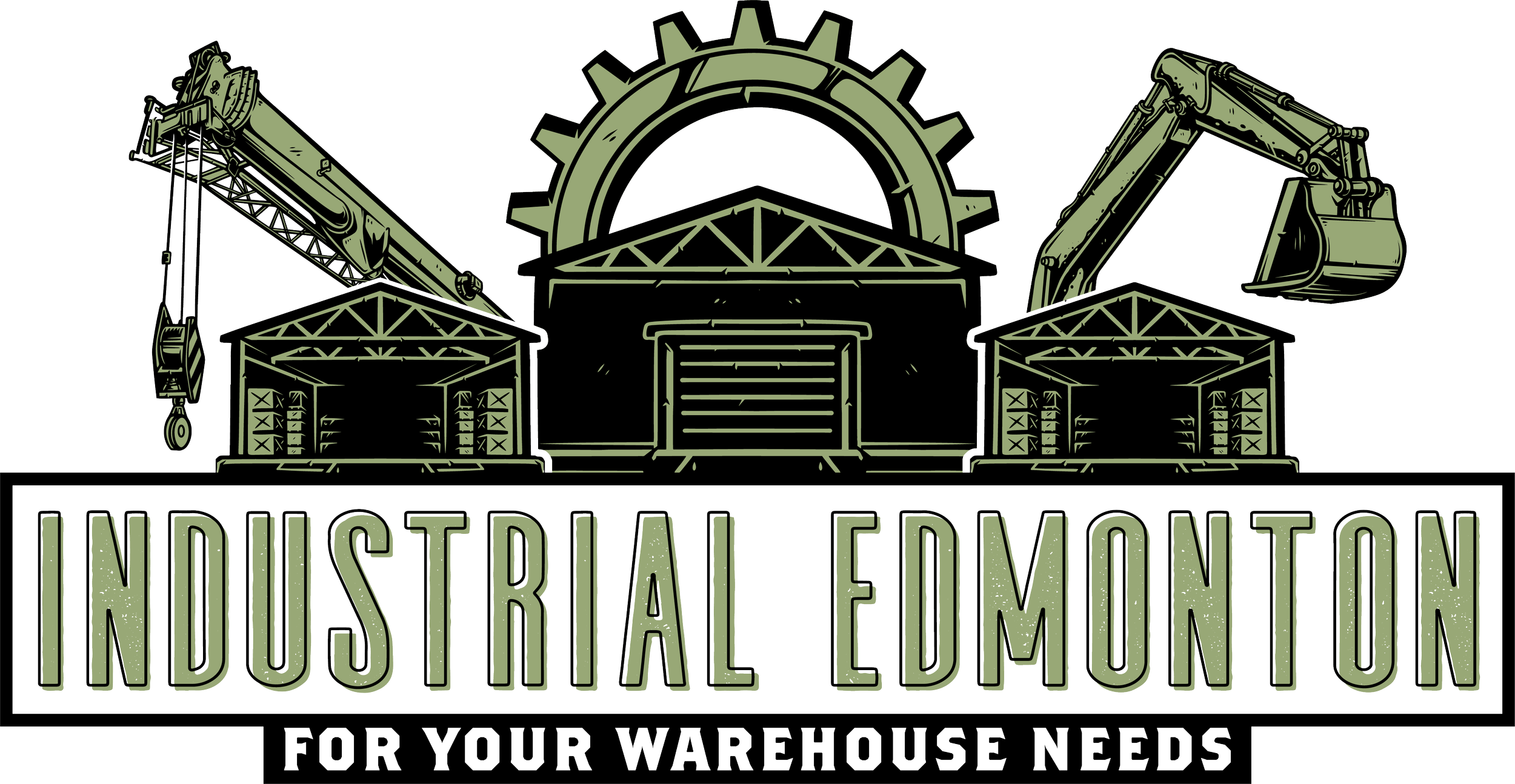Dissecting urban sprawl and what it means to be a "Compact City"
What kind of environment are we going to create?
How do we design livable, workable, and healthy spaces, by limiting unsustainable urban sprawl while concurrently avoiding densification to the detriment of quality of life? These are the most important questions for any City Plan, because while it’s obvious that the outward growth of single family neighbourhoods casts a huge financial toll on all citizens, it’s also obvious that individuals and families are choosing that lifestyle and living situation for a reason.
The following image, while based on data from the Halifax Regional Municipality, highlights the stark differences in cost between Urban and Suburban development. While some of the costs of urban development can be covered through residential tax revenues and commercial development, few Edmonton communities are built at a high enough density to cover the exorbitant expenses of developing and maintaining them. In fact, over the next 50 years, Edmonton expenses for just three growth areas will include: “$519 million to upgrade roads, $105 million on waste pickup and facilities, 396 parks at a cost of $95 million, five fire stations coming in at $65 million, two libraries costing $36 million, three recreation centres at $347 million, and $47 million in police facilities and equipment.” (Edmonton Journal). Total expected costs: $10.6 billion; total expected revenues: $9.2 billion. This means all commercial and residential taxpayers will need to cover the $1.4 billion net loss.
Real estate prices inevitably rise in tandem with population density
The challenge is that to create compact cities, density must increase, but as the demand for urban living grows, quality downtown development land becomes more sparse, and the financial model to create a viable project becomes more expensive. Completing the circle, the more people that are crammed downtown and the more expensive real estate gets, the more people will be inclined to pursue more affordable housing in the suburbs. Particularly in Edmonton and other Canadian cities, where a large majority of citizens have no need to be located centrally due to work in industrial and commercial areas surrounding the City, the suburban lifestyle has a strong allure. It’s no secret that Edmonton is lacking in public transportation, and this spread outward has the secondary effect of households requiring every adult to have their own car to commute to work, school, etc. In fact, Edmonton houses on average just 1,200 people per sq. km., and of that, only about 10 percent of its population take transit.
Source: mapinseconds.com
Source: cbc.ca; It is difficult to compare young cities like Edmonton and Vancouver to old cities like Paris and Hong Kong, however this highlights the importance of efficient City Planning to create a strong foundation for growth in the years to come.
The Job Sprawl Debate
The contrarian viewpoint in this debate is that in cities where densification of living has become the ultimate strategy, it has lead to the prioritization of residential development at the expense of industrial development. While a manufacturing facility or industrial warehouse may be perceived as unsightly to condo dwellers, these are job creating beasts, and ultimately, people follow jobs. As we have seen in cities like Vancouver, where warehouses are rapidly being converted to residential or mixed use developments, this has actually had the opposite effect in pushing sprawl even further outward to where industrial development, and job creation, is feasible. The Lower Mainland is fast becoming a residential oasis for the wealthy and retired, but quickly approaching a city where little economic activity can continue to take place.
How do we continue to create a City that is livable for all, while curbing the new norm of excessive public spending, all while being mindful of economic growth for the region? Would love to hear your thoughts on this topic.



